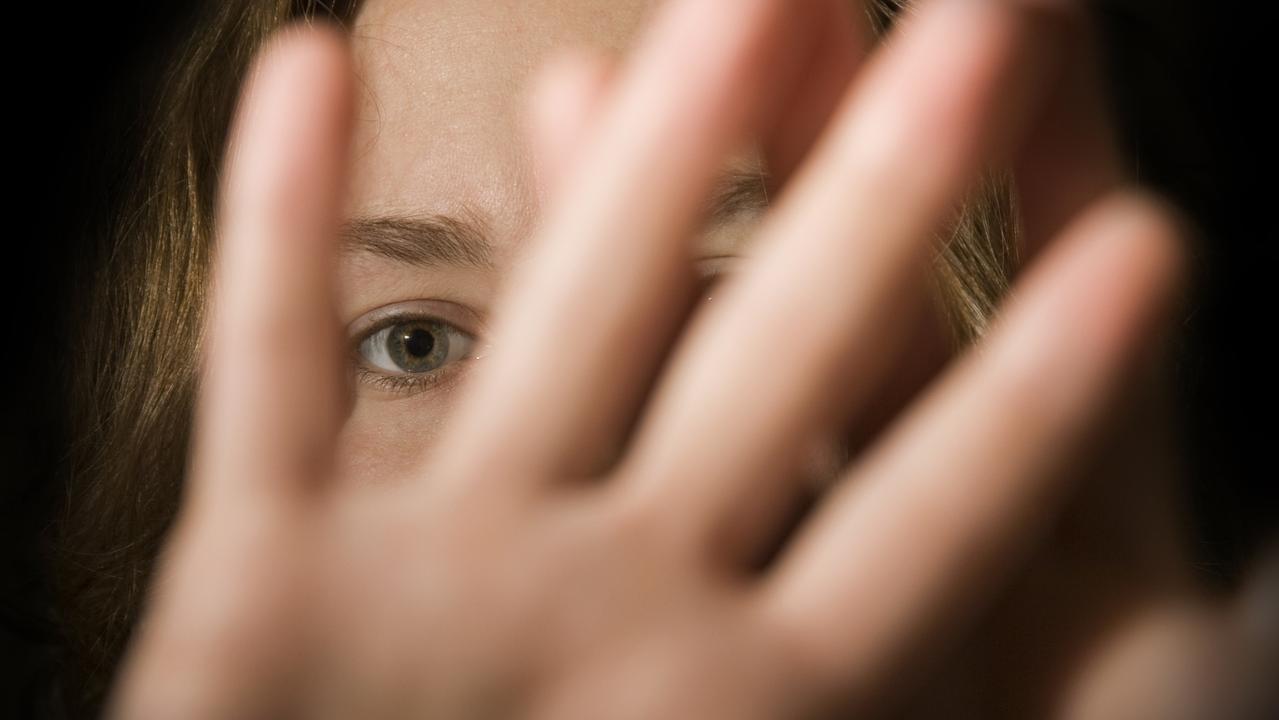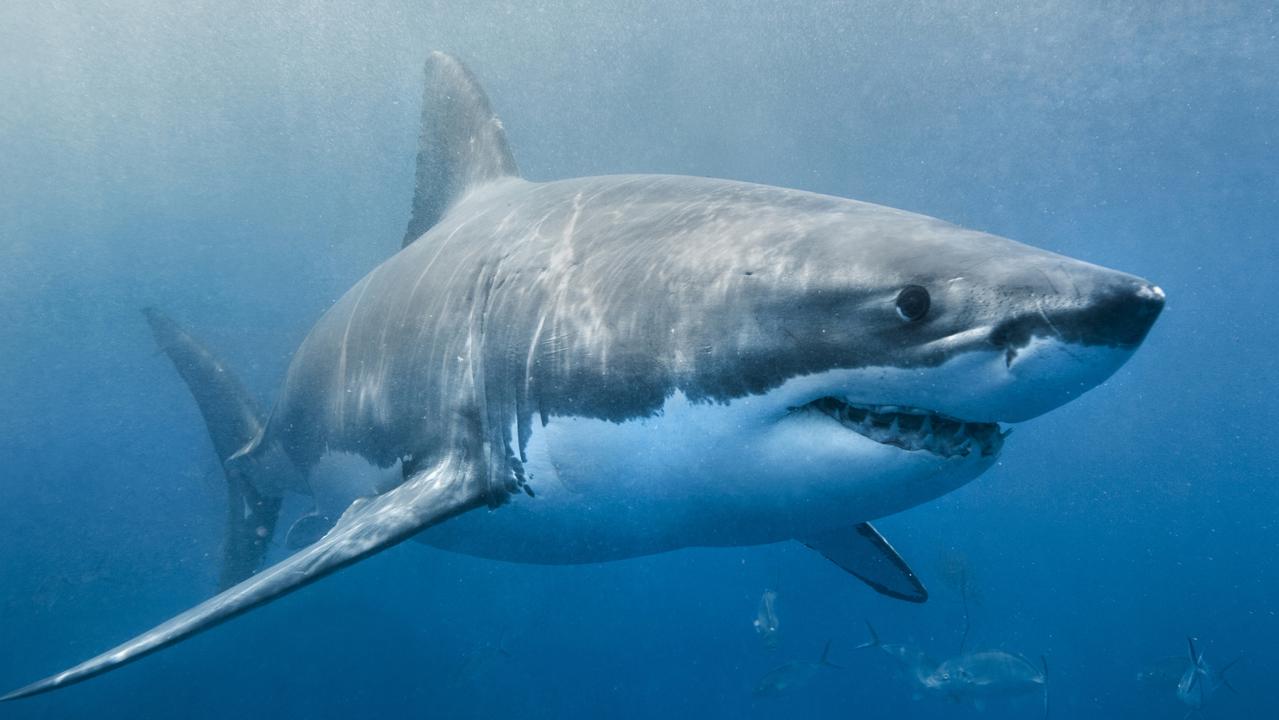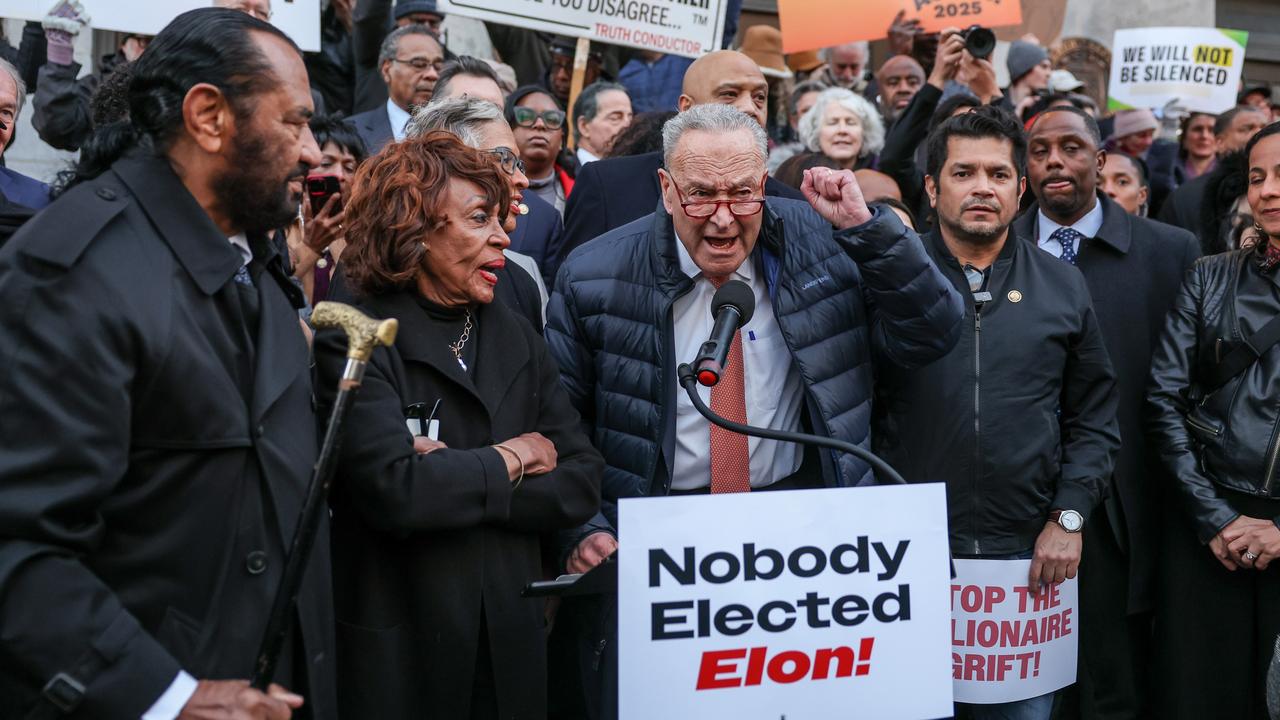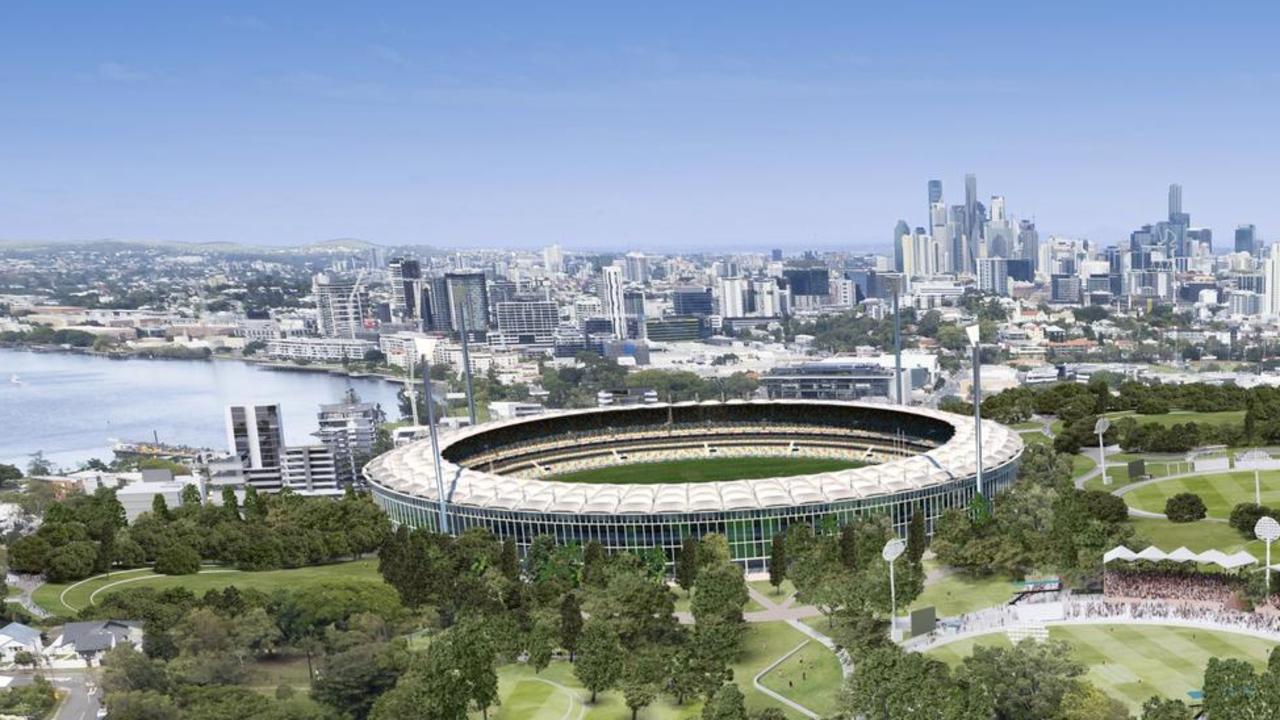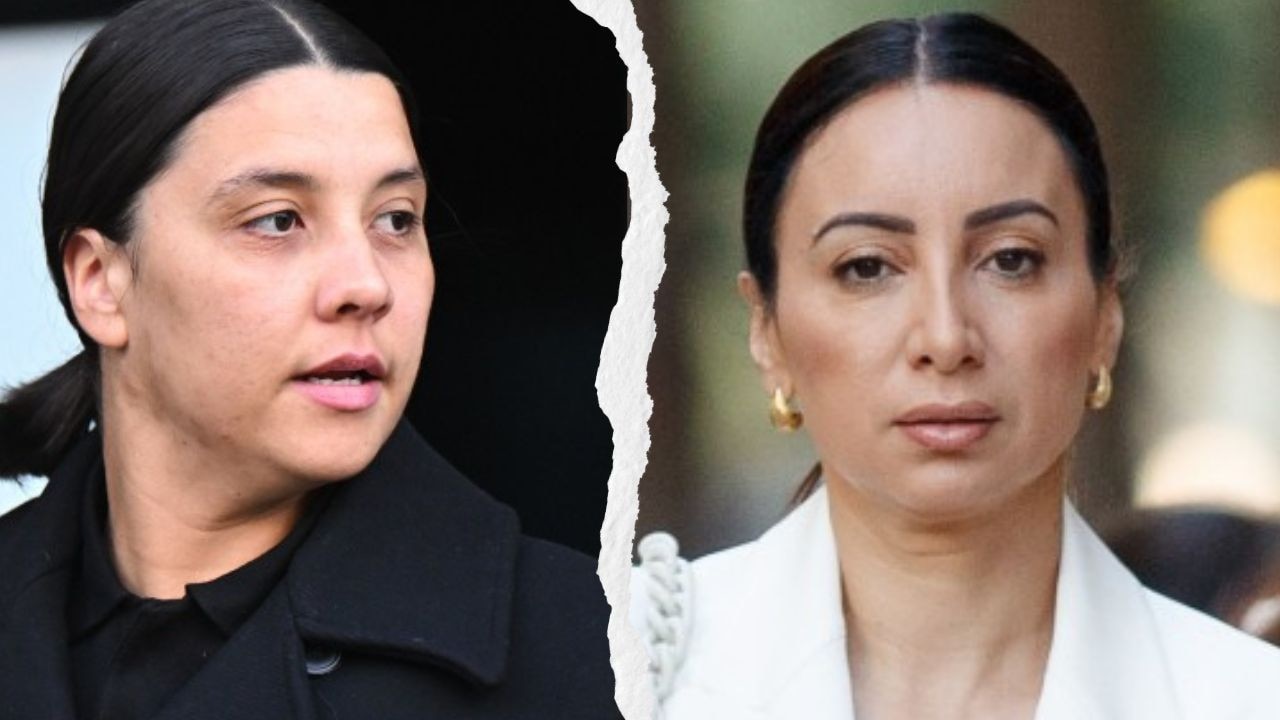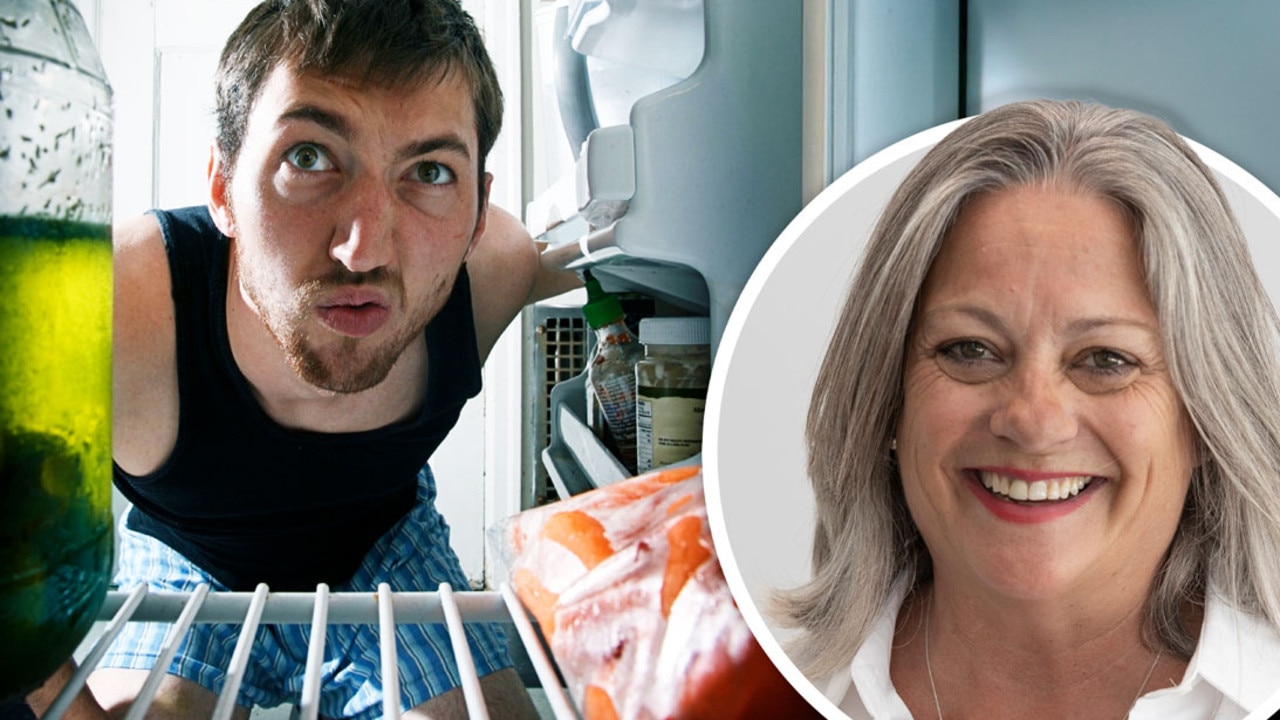Kylie Lang: Why Qld’s elite schools need their fee hikes to survive
Qld’s richest schools, some of which are charging $30,000-plus a year, have no choice but to hike their fees, writes Kylie Lang as she argues there’s even a benefit to state schools as a result. HAVE YOUR SAY
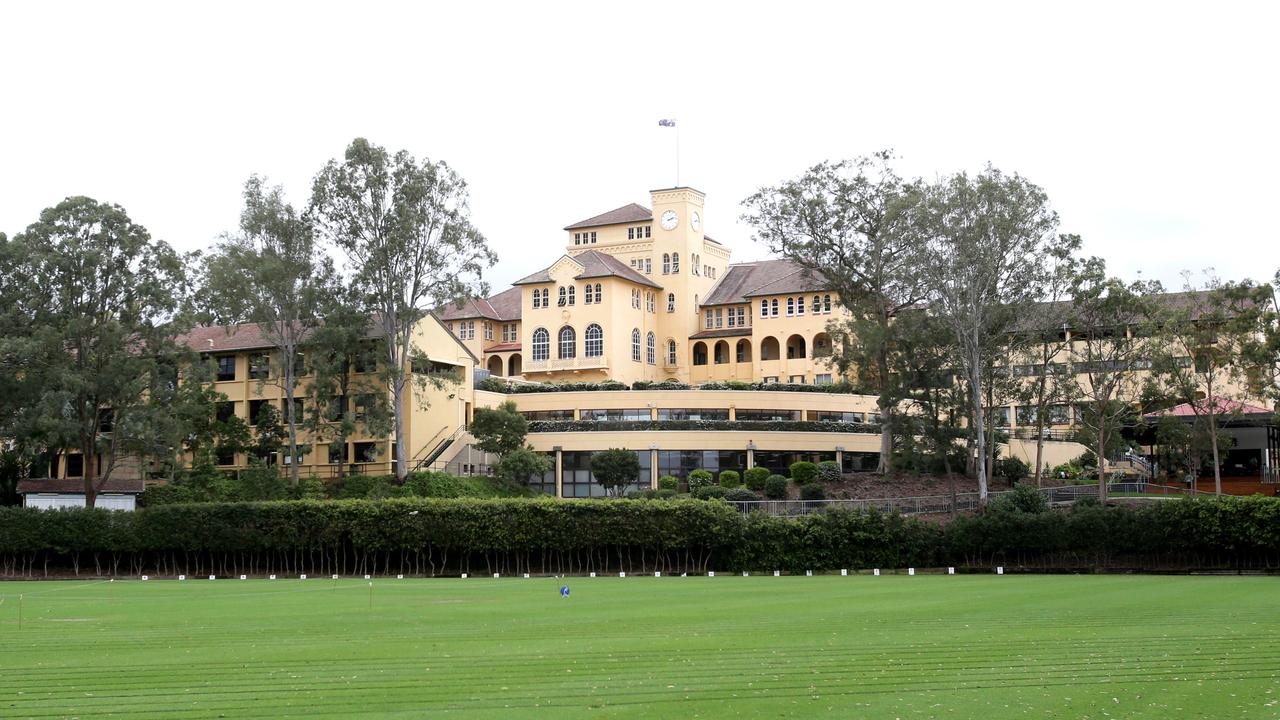
Opinion
Don't miss out on the headlines from Opinion. Followed categories will be added to My News.
I’ve often thought it ironic state schools run for weeks longer than private schools when the latter charges fees. Free government schools break up on December 13 while independent schools farewelled students in November.
Shouldn’t it be the reverse – those who pay get more, or at least equal, education time, not less? Where is the bang for buck?
It’s a question many parents are asking, particularly in light of big fee increases announced just as their school year was wrapping up.
Mums and dads from Brisbane Boys’ College – Queensland’s most expensive school, edging out Brisbane Grammar which doesn’t reveal its 2025 fees until January – have contacted me to vent.
One father accuses the Toowong institution of “price gouging”, with fees jumping from $25,000 to almost $35,000 in just three years while facilities remain “embarrassing”.
Another parent slams the school for holding out until year’s end to share the bad news.
BBC has declined to comment.
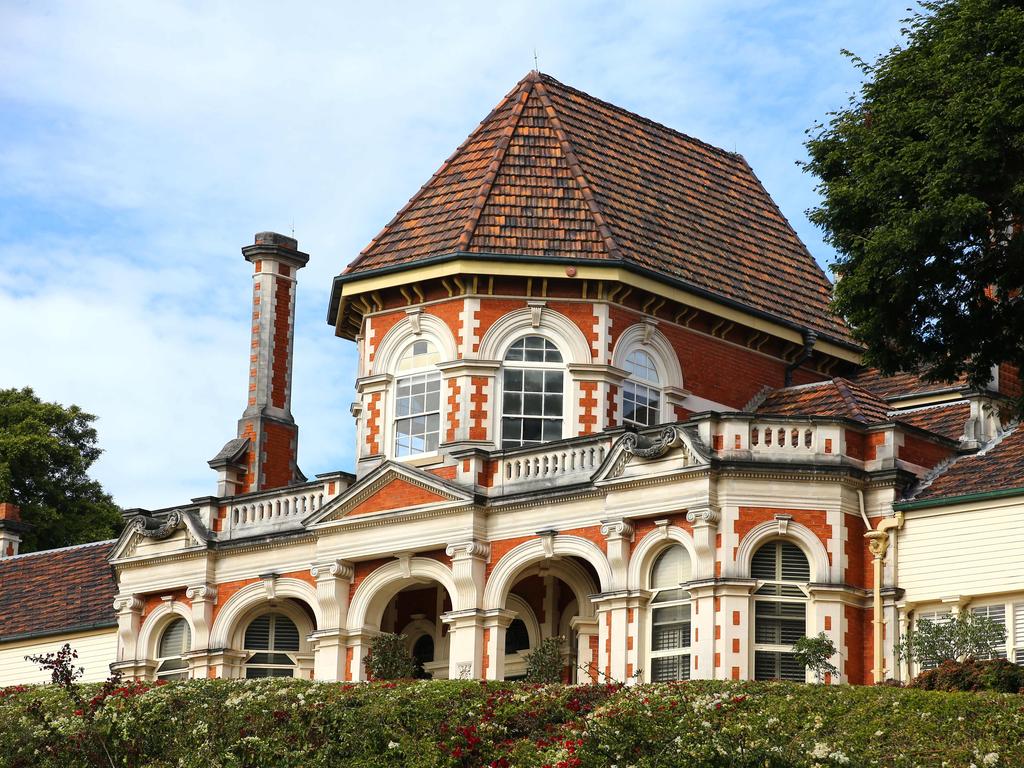
But here’s the thing.
Private school principals don’t sit around devising ways to hit parents harder. I know several and I can tell you that deliberating over fees is a source of annual angst.
Schools are run like any other business and rising costs are inevitably passed on to the consumer.
This past year has been brutal, as it has in many sectors, as the price of doing business escalates.
We’re talking increases in insurance and liability premiums, utility bills, wages and building and maintenance, to name a few.
I don’t believe schools are being deliberately sneaky – “holding parents to ransom”, knowing it’s too late to enrol kids elsewhere, as one parent told me.
Independent and Catholic schools are not told of any adjustments in funding from the Federal Government – their main source of income after fees paid by parents – until November or December.
This sees many schools scrambling to meet existing obligations.
Even a small percentage change in federal funding can translate into a multimillion-dollar headache which, in turn, can mean a higher-than-estimated hike in school fees.
Independent Schools Australia is lobbying to bring funding notifications forward to mid-year to assist with planning.
The funding model is complex but here it is in simple terms.
Every school has a base level of funding – in 2024 it was $13,557 per primary student, and $17,036 per secondary.
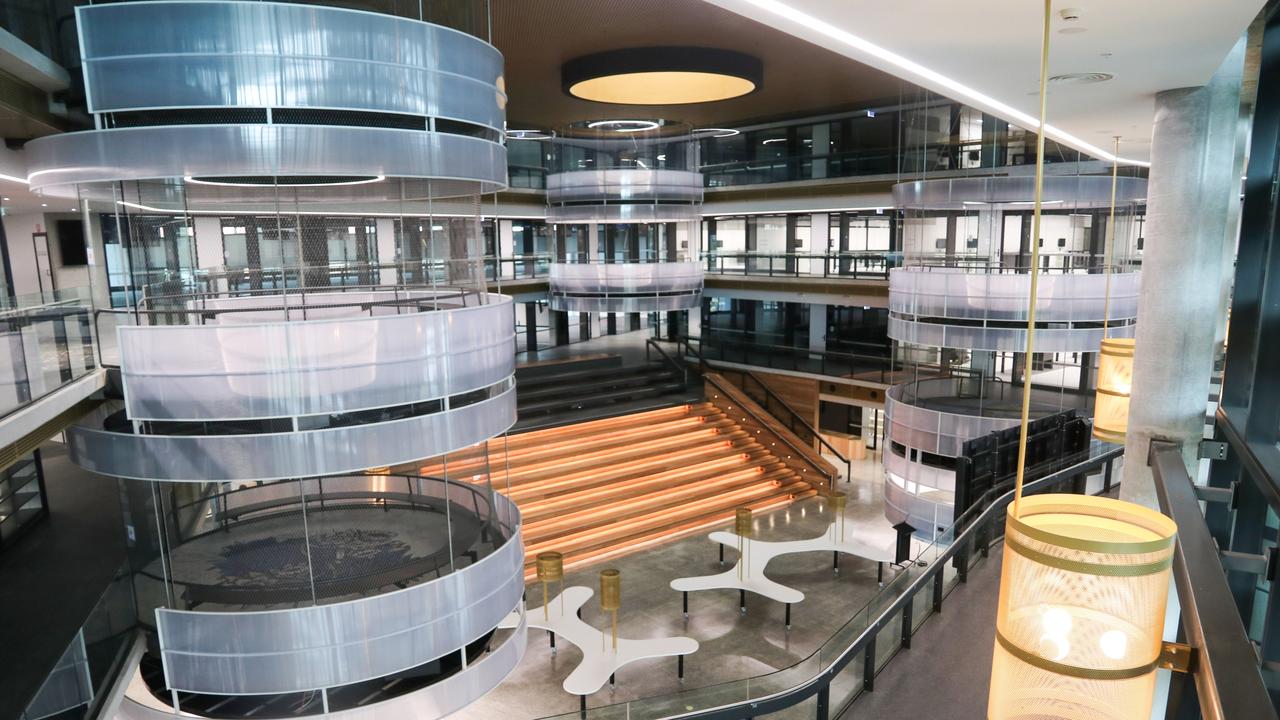
In government schools, states or territories pick up 80 per cent of the tab, the Commonwealth the rest.
This is flipped for non-government schools. Additionally, parents’ income – or capacity to contribute (CTC) – comes into play.
The higher the median income, the less funding.
At Brisbane Girls Grammar and Brisbane Grammar, for example, parents absorb almost all of that $13K and $17K.
In 2024, CTC score changes saw 20 per cent of independent schools receive a funding boost, 68 per cent remain the same, and 12 per cent get a funding cut.
The aim is to bring all non-government schools, including Catholic, into line with the 80 per cent federal funding base by 2029.
The transition is well underway, beginning under the Morrison Government in 2019, with 843 schools now at 80 per cent and 385 outstanding.
It is a gradual process and it needs to be – slashing funding in a single go would force some schools to close.
And this is not something anyone wants, including state school families.
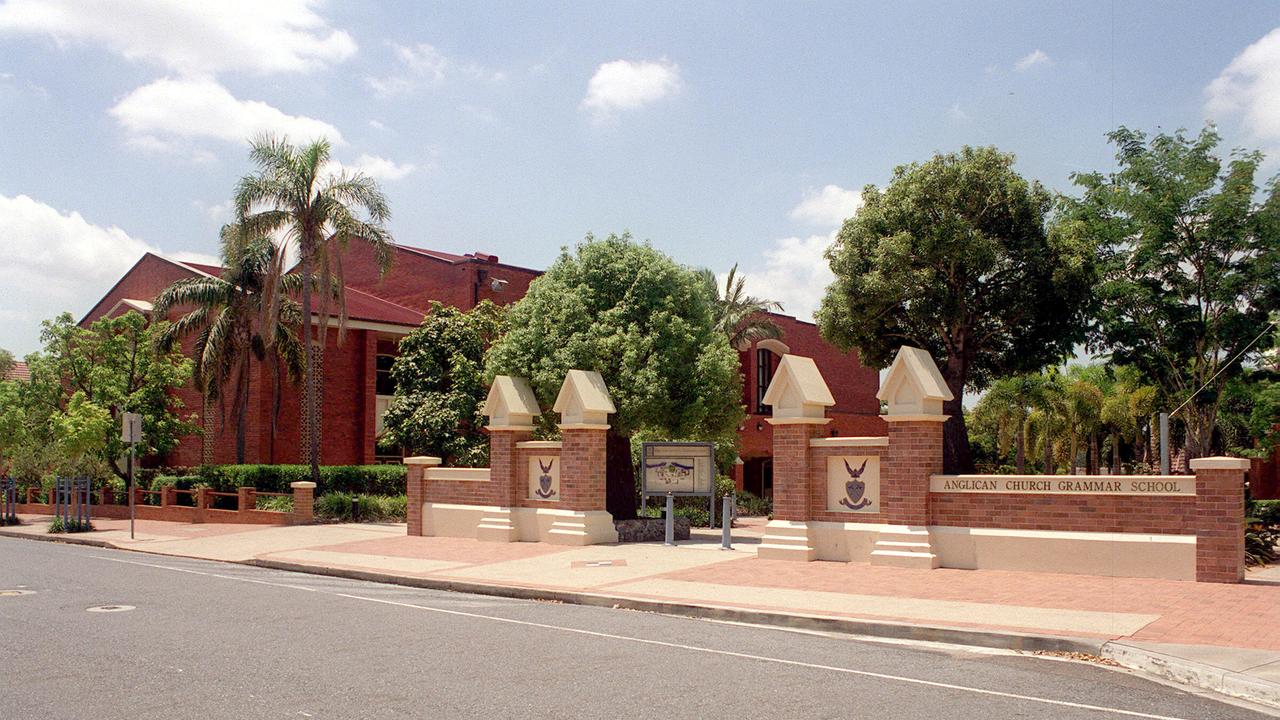
Earlier this year Independent Schools Queensland commissioned consultancy firm AEC Group to look at the economic significance of the sector.
Here’s a fun fact. Families who enrol their kids in independent schools, instead of taking a fully-funded place at a state school, freed up $1.56bn in capital and recurrent government funding.
That’s money other taxpayers won’t have to cough up. You’re welcome.
The sector is rapidly growing. It now educates 16.8 per cent of Queensland students, not taking into account Catholic schools.
Close these schools and those 150,000-plus kids will flow into a state system already bursting at the seams.
On academics alone, Queensland is falling behind in spelling and reading, NAPLAN results show.
Imagine an influx of ex-private school kids and watch student-teacher ratios blow out to the ridiculous and more educators quit.
While parents may dislike fee increases, they are necessary. The alternative is not something either side of the education sector wants to contemplate.
Kylie Lang is associate editor of The Courier-Mail kylie.lang@news.com.au
LOVE
Andrew Liveris, boss of Brisbane’s 2032 Games, throwing his weight behind a new stadium at Victoria Park. On The Courier-Mail-Nova 106.9’s Towards the Games podcast, Liveris said he would “love it” and it “seems to make the most sense”. Spot on!
LOATHE
Inconsiderate people who think it’s OK to leave their rubbish anywhere but in nearby bins. Spotted at Indooroopilly Shopping Centre this week, a banana peel languishing on an ATM terminal, and empty coffee cups on homeware shelves. Clean up your act.
Originally published as Kylie Lang: Why Qld’s elite schools need their fee hikes to survive


